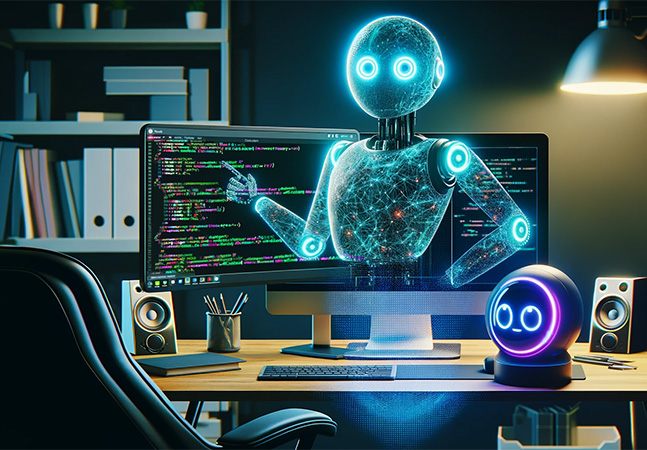- Vertex
- Posts
- Enhancing AI-Generated Code: A Path to Quality and Efficiency
Enhancing AI-Generated Code: A Path to Quality and Efficiency
Best Practices for Refined Code Development with AI

Introduction
I recently read a study on GitHub Copilot. The article from Visual Studio Magazine discusses new research on GitHub Copilot, highlighting concerns about code quality. GitClear's whitepaper found an increase in code churn and a rise in "added" and "copy/pasted" code since Copilot's introduction, suggesting AI-generated code might reduce maintainability and resemble work from temporary contributors more than refined contributions from senior developers. While previous studies noted Copilot's benefits for developer speed and satisfaction, GitClear emphasizes the need for caution regarding AI's impact on code composition and long-term maintainability. You can check the article at the link below.
In light of the recent findings regarding GitHub Copilot and its impact on code quality, I find it imperative to share my approach to leveraging AI in coding effectively. My methodology revolves around treating AI-generated code, whether from Copilot or ChatGPT, as a preliminary draft rather than a final product. This stance is crucial, especially in the wake of research suggesting AI assistance may inadvertently lower code quality by increasing code churn and promoting less maintainable code practices.
Embracing AI with a Refinement Mindset
Initial Version as a Starting Point: AI-generated code serves as an excellent starting point. It accelerates the development process by providing a baseline upon which we can build. However, this is just the beginning of the journey toward high-quality software.
Accuracy and Correctness Verification: Beyond aesthetics and structure, verifying the correctness of AI-generated code is paramount. This step ensures that the logic meets the intended requirements and behaves as expected under various scenarios.
Assessing Robustness: evaluating the robustness of the code is crucial. This includes conducting thorough testing to uncover and address potential vulnerabilities, ensuring the application can withstand erroneous inputs and unexpected user interactions.
Mandatory Refactoring: Lastly, refactoring is essential. This includes applying code conventions, which are vital for maintaining consistency and readability across the codebase. It also involves reducing duplicate code, which not only streamlines the application but enhances its maintainability.
Conclusion
As developers increasingly use AI tools, new tools like Grimoire continue to emerge. By integrating AI tools like Copilot and ChatGPT into the development process with a clear strategy for refinement, developers can harness the power of AI while mitigating the risks highlighted in recent research. This approach not only optimizes the benefits of AI assistance but also safeguards against the dilution of code quality, ensuring the long-term health and maintainability of the codebase.
